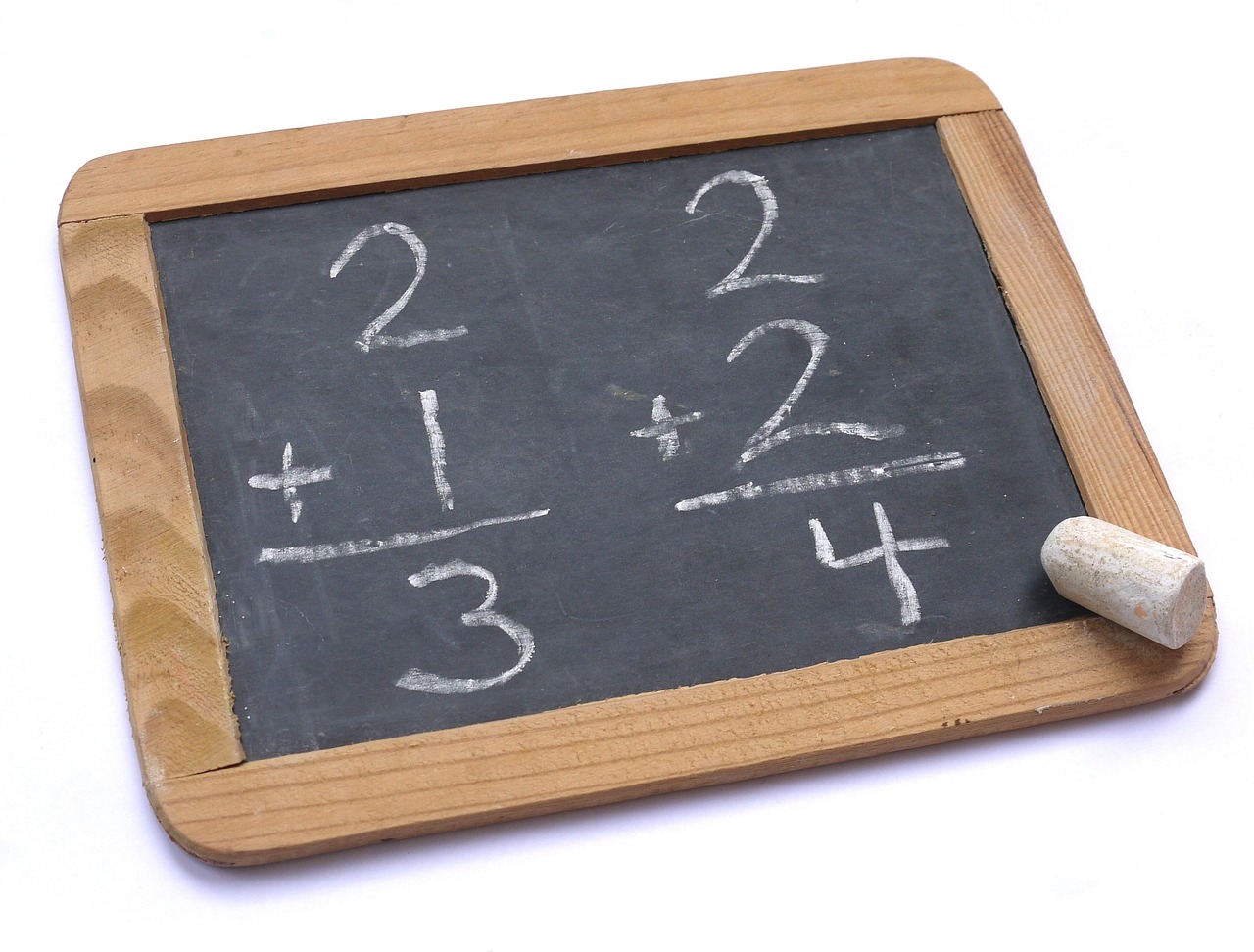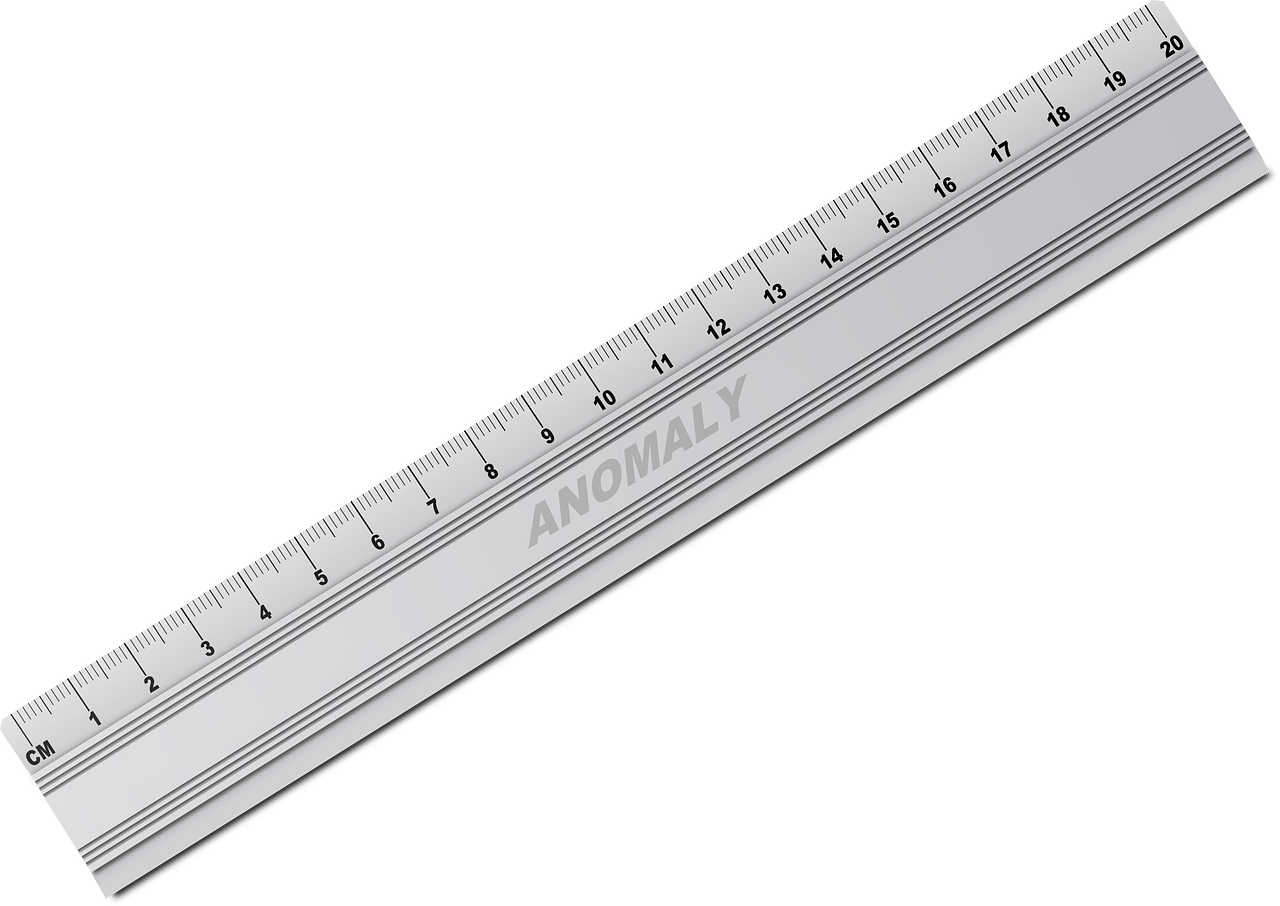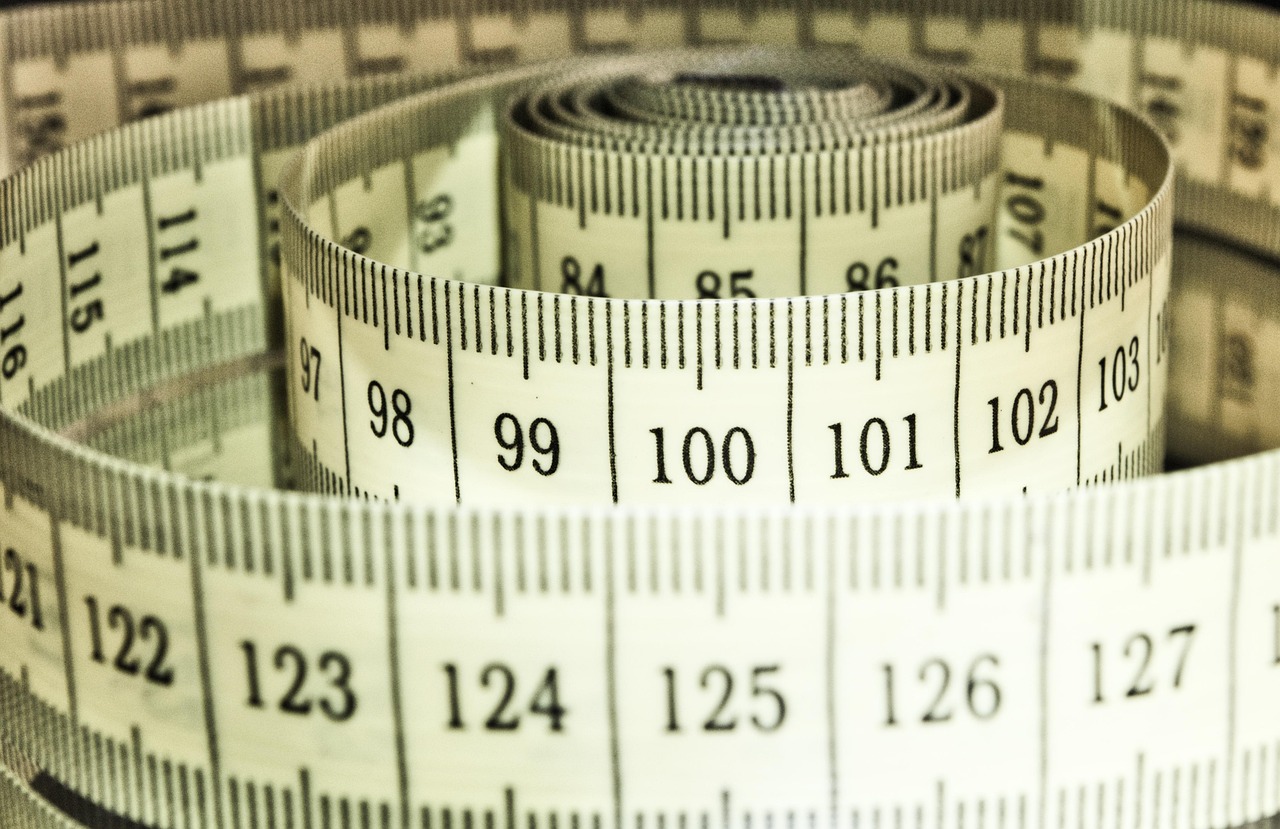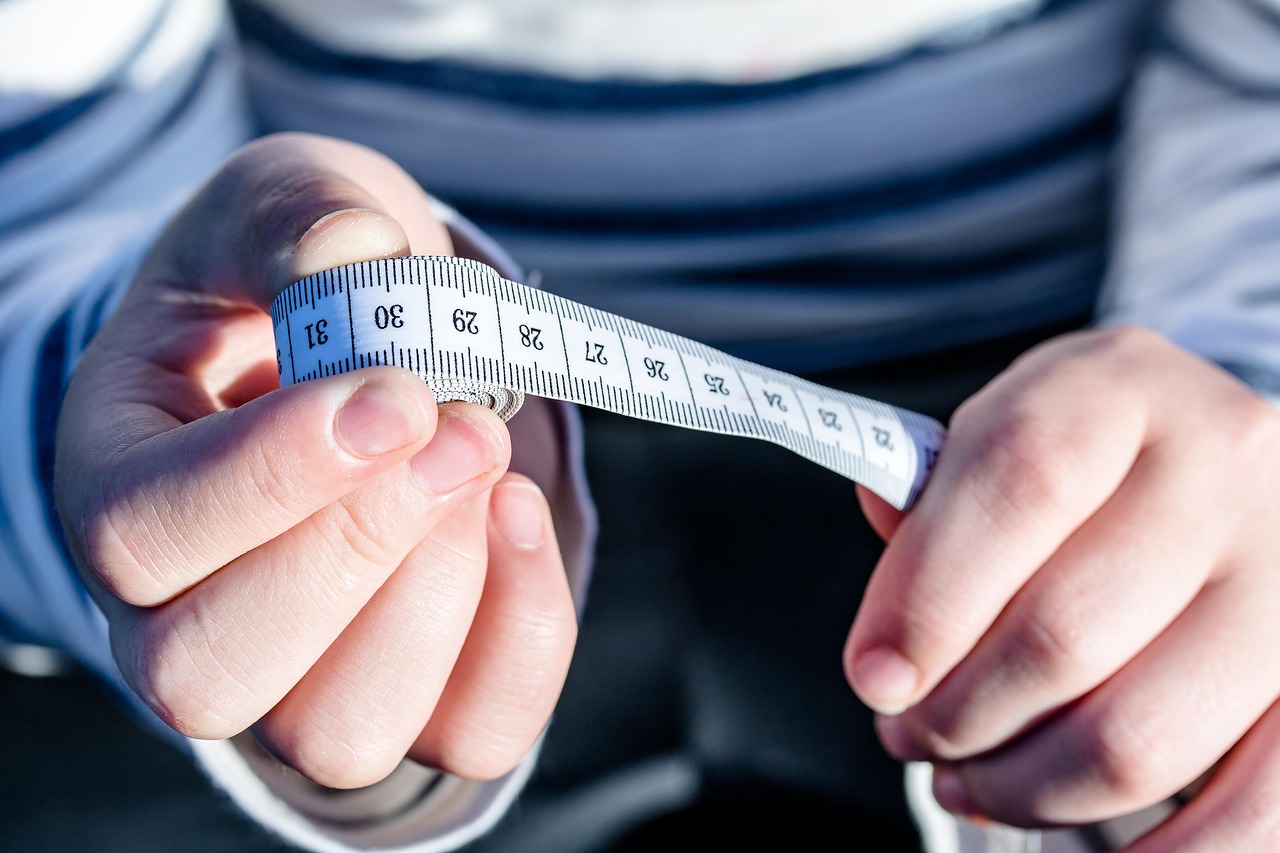Subject: Mathematics
Class: Primary 3
Topic:
Meaning of Perimeter
Calculating Perimeter of Triangles, Squares, and Rectangles
Skip Counting (861–880)
Term: Third Term
Week: 5
Duration: 40 minutes
A. Lesson Objectives
By the end of the lesson, pupils should be able to:
Explain the meaning of perimeter.
Calculate the perimeter of a triangle, square, and rectangle using addition.
Apply perimeter knowledge to real-life objects.
Skip count correctly from 861 to 880.
B. Instructional Materials
Ruler or tape measure
Cut-out shapes (triangles, squares, rectangles) with labeled sides
Flashcards for skip counting
Charts showing formulas for perimeter
Whiteboard and markers
C. Lesson Content
1. Meaning of Perimeter
Perimeter is the total distance around the edge of a shape.
To find the perimeter, we add the lengths of all the sides of the shape.
Think of perimeter as walking all the way around a shape.
2. Perimeter of Common Shapes
A. Triangle
A triangle has 3 sides.
To find the perimeter:
Perimeter = Side 1 + Side 2 + Side 3
Example:
If a triangle has sides 4 cm, 5 cm, and 6 cm:
Perimeter = 4 + 5 + 6 = 15 cm
B. Square
A square has 4 equal sides.
To find the perimeter:
Perimeter = 4 × one side
or
Perimeter = Side + Side + Side + Side
Example:
If each side is 5 cm:
Perimeter = 4 × 5 = 20 cm
C. Rectangle
A rectangle has 2 long sides and 2 short sides.
To find the perimeter:
Perimeter = 2 × (length + width)
or
Perimeter = length + width + length + width
Example:
If length = 6 cm and width = 3 cm:
Perimeter = 6 + 3 + 6 + 3 = 18 cm
3. Real-life Applications of Perimeter
We use perimeter to:
Fence a garden or house
Put borders around a picture
Measure the length of material around objects
Build frames for windows or doors
4. Skip Counting from 861–880
Skip counting means counting by a certain number each time.
Skip Count by 1s:
861, 862, 863, …, 880
Skip Count by 2s:
861, 863, 865, 867, 869, 871, 873, 875, 877, 879
Skip Count by 5s:
865, 870, 875, 880
Skip Count by 10s:
861, 871, 881 (but note that 881 is beyond this week’s range)
D. Class Activities
Activity 1: Measure & Calculate
Pupils use rulers to measure sides of paper shapes and calculate the perimeter.
Activity 2: Match the Shape
Match shapes to the correct perimeter written on cards.
Activity 3: Skip Counting Game
Pupils clap and skip count in 2s and 5s from 861 to 880.
E. Evaluation (Assessment)
What is the meaning of perimeter?
Find the perimeter of a triangle with sides 3 cm, 4 cm, and 5 cm.
A square has sides of 6 cm. What is its perimeter?
Skip count by 2s from 861 to 873.
F. Assignment
Draw a rectangle with length 8 cm and width 4 cm. Find its perimeter.
Write the skip counting by 5s from 861 to 880.
G. Conclusion
Perimeter is the distance around a shape.
We find it by adding all the sides.
We use perimeter in many real-life activities.
We also practiced skip counting to help with number patterns.





